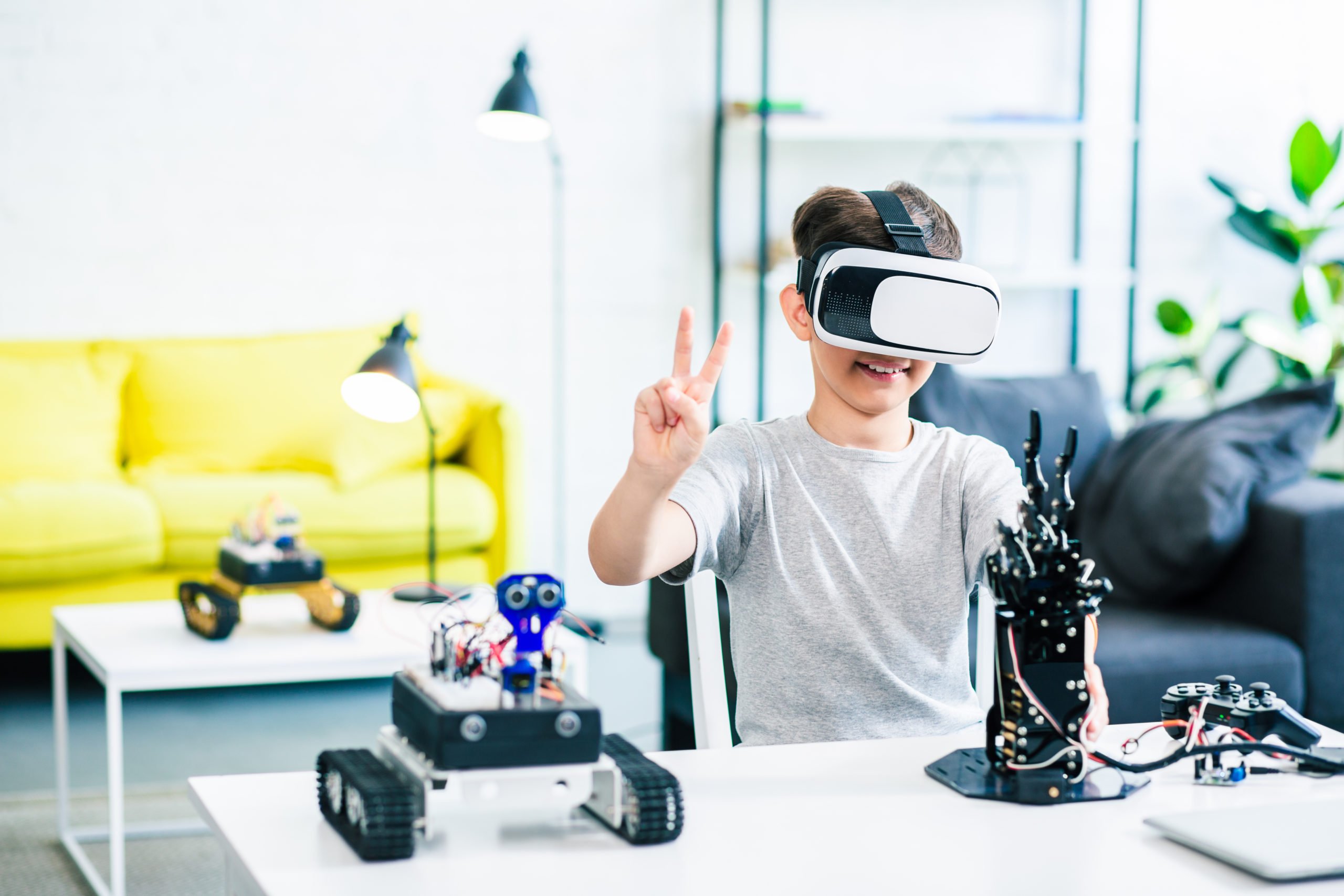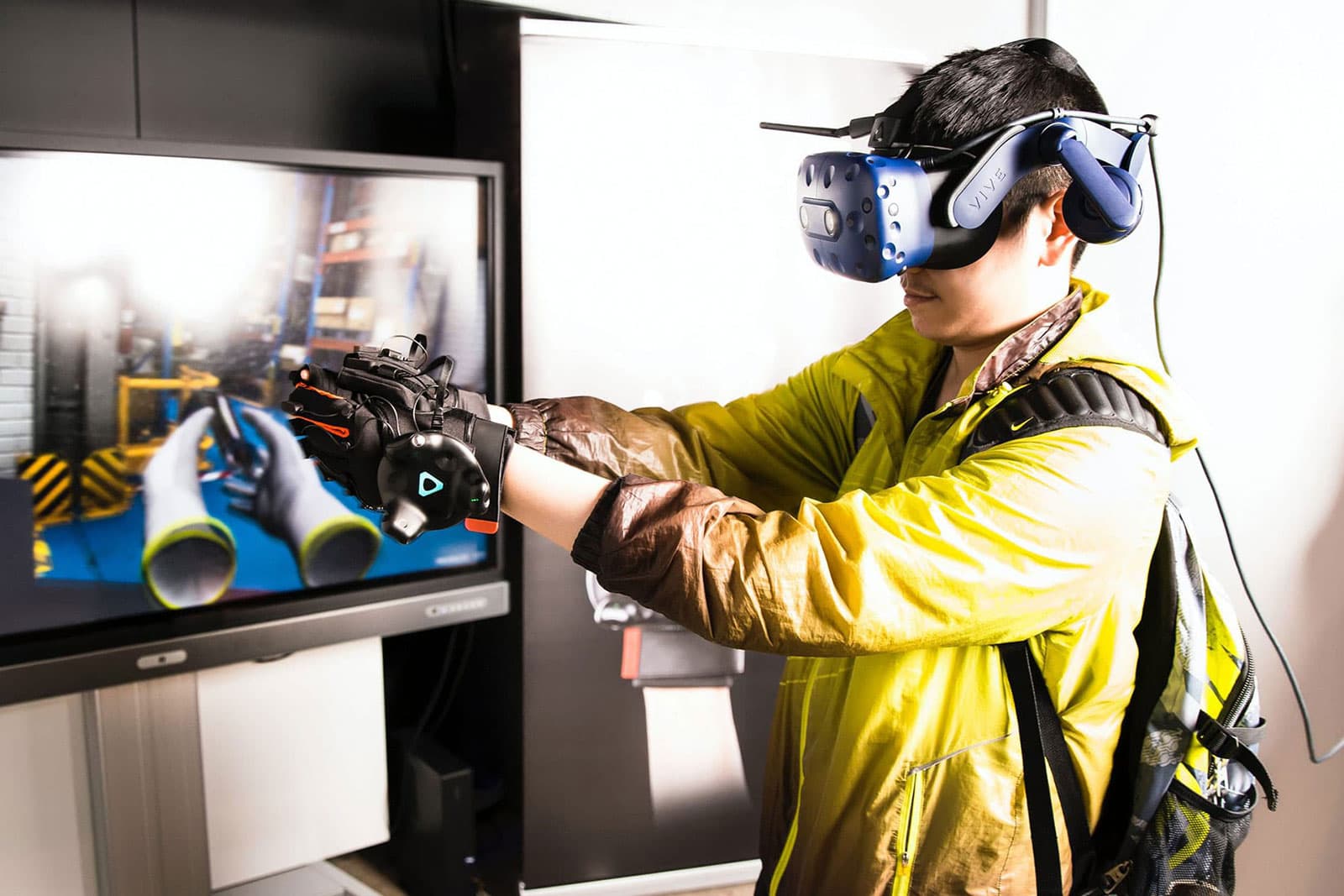
If you’ve taken a look at the current VR market for training, you may have noticed that there is a lack of solutions that perfectly meet your needs. Faced with this observation, the temptation to develop a tailor-made solution may be strong. Let’s take a look at the essential steps involved in turning this idea into reality, making sure that each step takes all learners into account.
1. Define and express your needs
First and foremost, it’s crucial to define your needs. Virtual reality offers a multitude of possibilities, from simple simulations to interactive learning environments. To maximise the potential of this tool, start by identifying the exact nature of your need.
- Define the training objective: Do you want to make your learners aware of a new environment, teach them a technical skill or immerse them in a simulation to improve their decision-making skills?
- Identify the key areas: With the help of business experts, determine the specific sections of your training where virtual reality would add value. These could be moments where immersion is crucial or scenarios where virtual simulation is more effective than traditional training.
- Imagine the course: Visualise the path that learners would take in this virtual environment. This will help you better understand the functionalities required and guide the development of the solution.
2. Surround yourself with experts
Now that you have a clear idea of what you want, it’s time to look for potential development partners.
- Look for specialists: Opt for companies that specialise in developing virtual reality solutions. They will not only have the technical expertise, but also an in-depth understanding of the nuances of immersive learning.
- Evaluate their existing solutions: Test the products and solutions that these companies have already developed. This will give you an idea of the quality of their work, their level of innovation and the ease of use of their tools.
- Start the conversation: In your discussions with these companies, present your needs clearly. Observe their responsiveness, the relevance of their suggestions and their ability to adapt to your request. This will help you determine whether they are the right choice for your project.
By following these steps, you will be well equipped to begin the process of developing your immersive virtual reality training solution.

3. Design and development
Once the scenario has been established, the technical development comes into play. This involves creating the virtual environment, integrating graphics, animations and interactions to make the experience as realistic as possible. VR developers use specific software and technologies to design the environment and interactions, while ensuring that the solution is compatible with the appropriate VR headsets and platforms.
With a partner chosen, it’s now time to embark on the design and development of your virtual reality training solution.
- Scripting: Scripting is a crucial stage in the creation of a virtual reality training solution. It involves creating an engaging learning scenario that takes advantage of the unique benefits of VR. Instructional designers work closely with business experts to determine the training objectives, the skills to be developed and the obstacles to be overcome. The scenario must be realistic, captivating and adapted to the needs of the learners.
- Technical development: Once the scenario has been established, technical development comes into play. This involves creating the virtual environment, animations and interactions to make the experience as realistic as possible.
4. Set up a test phase

- Piloting with a small group: Before rolling out training on a large scale, it is essential to test it with a small group of learners. This allows potential problems to be identified, feedback to be gathered and the effectiveness of the training to be evaluated. Pilot learners can report bugs, design problems or technical difficulties.
- Optimisations: Based on feedback received during the test phase, modifications are made to improve the learning experience. This may include adjustments to the scenario, fixing technical bugs, improving usability, or adding extra content. The aim is to ensure that the VR training solution meets the needs of the learners and is effective.
5. Deployment and evaluation :
- Training the trainers: Before deploying the solution, it is important to train the trainers so that they can guide the learners through the VR experience. Trainers need to be familiar with the technology, the functionality of the solution and the pedagogical objectives. They must also be able to manage the technical aspects and provide support to learners when needed.
- Ongoing evaluation: Once VR training has been deployed, it is crucial to continue to evaluate its effectiveness. This can be done through surveys, tests, learner feedback and usage data. The aim is to measure the results of the training, identify areas for improvement and adjust the content or design accordingly. Ongoing evaluation ensures that VR training remains relevant and effective over time.



